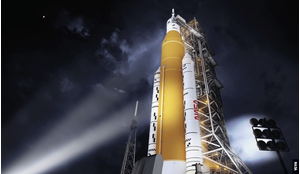CubeSat swarms are innovative and economical small satellite constellations that provide improved autonomous spatial and temporal resolution of targets. CubeSat swarm communication systems bring significant benefits, such as interoperability, higher data rates, bandwidth redundancy, reduced mission failure rates, and the ability to obtain global coverage and measurements. But they also pose prominent challenges in the form of mass, volume and power constraints and standardisation of frequency licensing policies. In this article, the authors suggest inter- and intra-swarm communication architecture based on a CubeSat swarm low-Earth orbit (LEO) mission with four main types of data link.
Increasing demand for small satellite constellations requires efficient communication architectures in science missions such as gravity mapping, tracking forest fires, finding water resources or detecting vector diseases on Earth.
There is an emerging trend towards using CubeSats to perform educational, scientific and observation missions thanks to their low cost and easy production opportunities. SpaceWorks Enterprises Inc. provides details of the latest observations and trends in the nanosatellite launch market in its 2017 Nano/Microsatellite Market Forecast (see p45). According to data tracked between 2009-2016, 42 percent of produced nano/microsatellites (including CubeSats) were in the ‘Technology’ category but this shrinks to 14 percent in the SpaceWorks market forecast for 2017-2019 with ‘Earth Observation/Remote Sensing’ forecast to increase to 64 percent.














